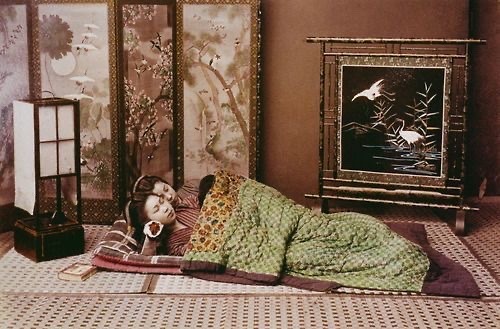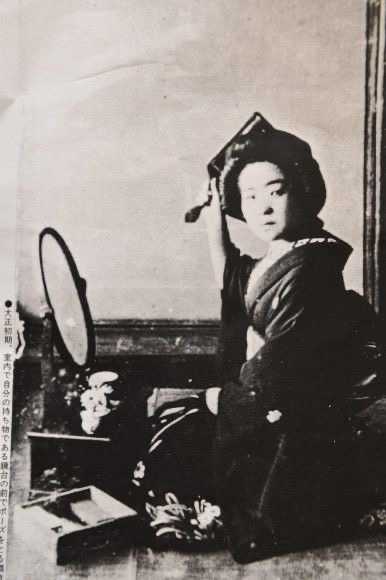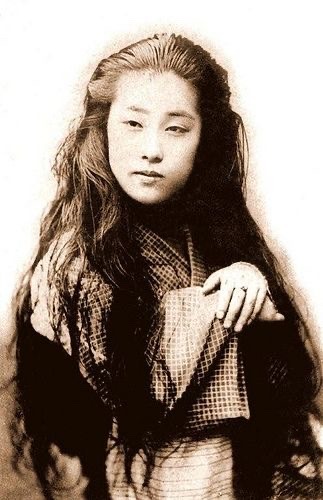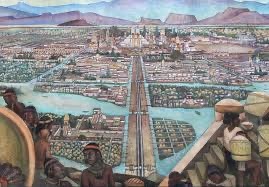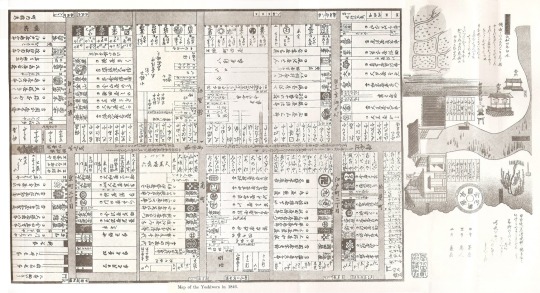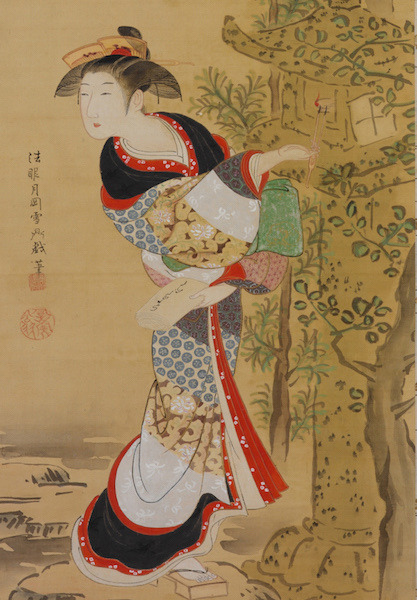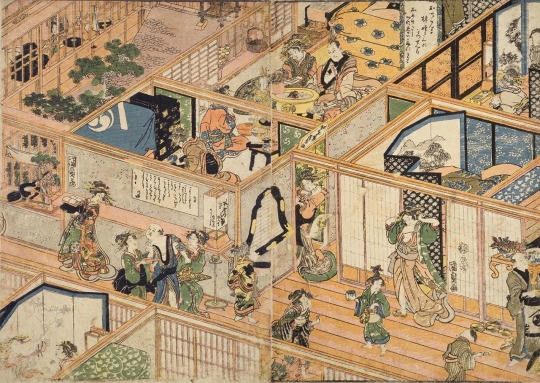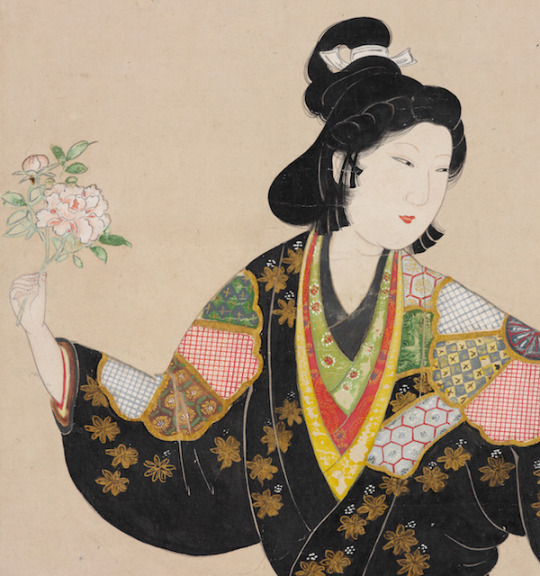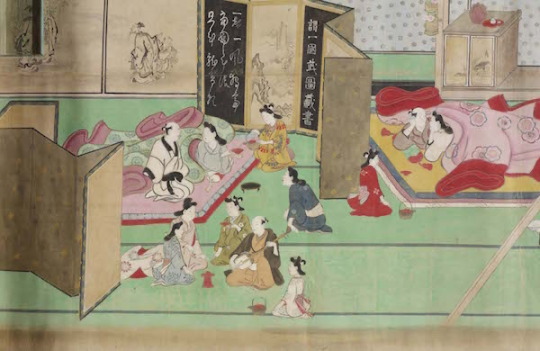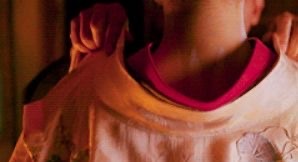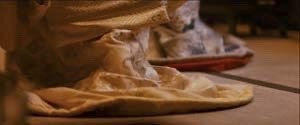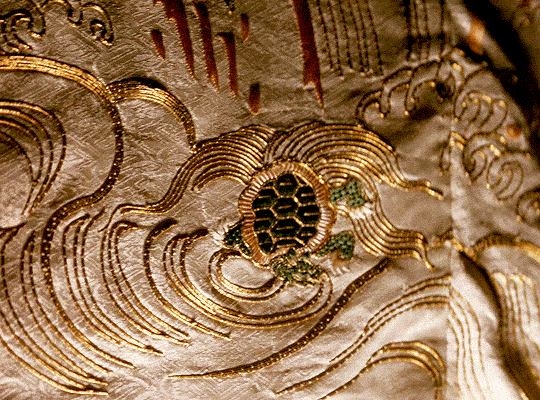Text
Female Political Power and Rulership in Dahomey: The Kpojito (Woman King).


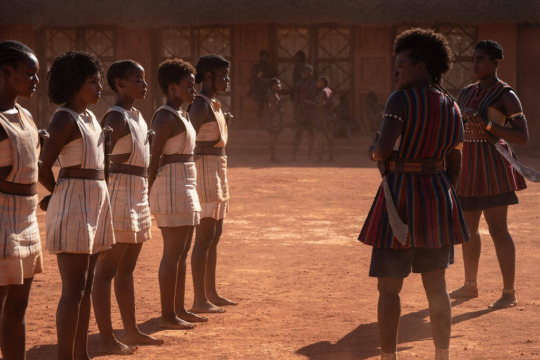
“The Fon kingdom of Dahomey was located just inland of the West African coast. From the 17th century until the dissolution of the monarchy in 1900 the kingdom was relatively closely observed by European travelers, who left a rich body of literature on the kingdom and its institutions.
The Precolonial palace of the whole Mai was a massive institution that served as a state bureaucracy and monarchs personal household. Made up of an estimated 8000 women by the later part of the 19th century, the palace consisted of a female cross section of the Homie in society that included slaves and for captives, free, porn, commoners women from the upper classes, and from various prices of the royal family and sisters and daughters of the reigning king. . Perhaps best known for its standing army, but a homemade palace included women who performed a vast array of functions on the half of them self and the monarchy not just a soldiers does merchants, farmers food, processors, porters, healers, priests, mothers, performers, artisans, advisors, politicians, recordkeepers, and makers of state policy.
The palace organization was a polygynous household writ large technically all its inhabitants were wives or dependence of the King. It’s organization was based on principles that were shared throughout Fon culture: hierarchy, merit and mirroring. Hierarchy placed women within the strict ordering of the palace organization, according to their social rank in society, their physical appearance, and their matter of recruitment to the organization marriage allowed them by dentist, hard work intelligence and political acumen to rise to positions of prestige power and wealth, mirroring, mandating the doubling of officers at every level, so that a male and female pair typically responsible for functions that varied from directing wore to collecting taxes.
Epitomizing the working of all three principles was the office and percent of the female reign mate of the king. Acknowledged by written and oral sources to have been the richest and most powerful woman in the kingdom. This woman was called the “Kpojito” - “She who whelped the leopard”, a title, referring to the totem of the ruling dynasty.
Women who served as Kpojito, like other office holders in Dahomey lived in perpetuity through the institution of positional succession. When an office holder died, her name and estate, were inherited by a direct descendent in her lineage. All living lineage members adopted the same kin position towards the replacement title holder that they held toward her predecessor. Those in the 19th century there existed not only the Kpojito of the reigning king, but women embodying all the previous Kpojito of the realm.
18th century succession struggles were small civil wars, in which ambitious princess and powerful women within the palace organization built coalitions to see it and hold power. The Kpojito appear to have been women named to the office by their princely allies as a reward for their work, and such struggles. Palace women were involved in formally in influencing the choice of king. Women within the palace could aid or oppose a would be king with military, political, or religious power. A powerful woman, close to the king, with her followers within the palace could provide crucial intelligence, most importantly, the news of the death of the previous king and could muster soldiers, and possibly take physical control of the palace.”
The Kpojito of Precolonial Dahomey, Edna G. Bay
0 notes
Text
Female Political Authority in Precolonial West African Monarchy
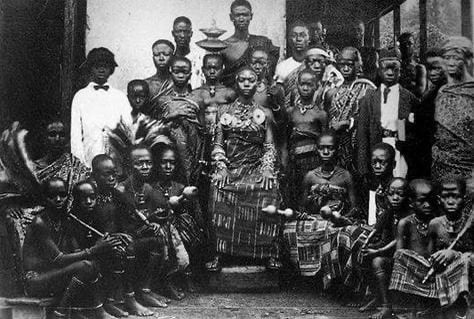
“ Through my research in the Republic of Ghana I have become more acquainted with several female titles, collectively, referred to in English by the term queen mother. The thing that I find most fascinating is the very real political power embodied in these titles in former times. The Akan queenmother we will did true political power, and could under certain conditions assume full control of central authority: she could become the king.
The notion that women could in a non-western premodern, cultural context have held, and weilded political authority the quality and potency of which equaled or surpassed that of male officials has been too dismissed.
 The Queen Mother was never chosen by the king. To the contrary, she in fact, is the one who is principal, responsible, and historically has been for the selection of the candidate won the King’s office the royal stool becomes vacant.
The queen mother has a council as well, and this consists of female title holders, whose officers are hereditary. Some posts within the Queen Mother‘s court were appointive, and all such appointments were made by her. No officials in the Queen Mother’s administration were males, and none were chosen by the king.
The queen mother also presided at the head of a system of female title holders, who together constituted a governmental authority for the female half of society. The system of female title holder is extended from the highest levels of the state down to the village level. Every village had had as his counterpart, a village level Queen Mother. Every office in the Akan political hierarchy has female and male counterparts. In the day today affairs of government in pre-colonial Akan society, women did not normally come under the authority of men, all issues, pertaining primarily or exclusively to women, and all conflicts between women were addressed within the context of this female, political hierarchy.
In Akan society, a woman is not barred from the Royal stool. Within can, and on occasion have an affect become king. A dramatic historically documented. Example of this is the range of the Juaben queen mother, Nana Ama Sewaa, who occupied the Royals stool in the mid 19th century. She wasn’t turn succeeded by her daughter. This is but one example of Benny. Many historical traditions recall having been led by women rulers through historical migrations.”
- Tarikhu Farrar, 1997 (the Queen Mother, Matriarchy, and the Question of Female Political authority in Precolonial West African Monarchy)
1 note
·
View note
Text
The Incan Economy
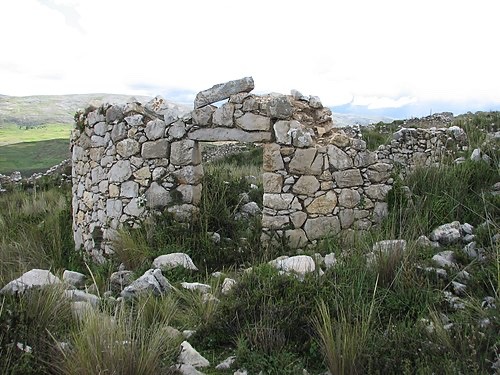
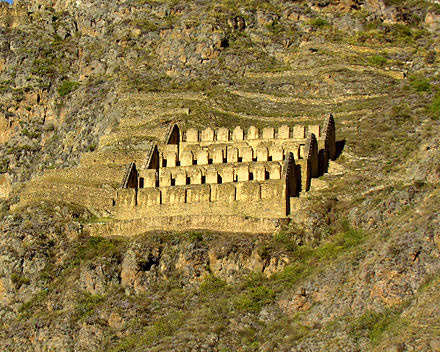
“Not the least surprising feature of the economic system was that it functioned around money. True, the lack of currency did not surprise the Spanish invaders - much of Europe did without money until the eighteenth century. But the Inka did not even have markets. Economists would predict that this non market economy - vertical socialism, as it has been called- should produce gross inefficiencies. These surely occurred, but the errors were of surplus, not of want. The Spanish invaders were stunned to find warehouses overflowing with untouched cloth and supplies… More importantly [the Inca] managed to eradicate hunger.” - 1491: New Revelations of the Americas Before Columbus
9 notes
·
View notes
Text
The Incan Technosphere


“In the techno-sphere of the Andes people solved basic engineering problems through the manipulation of fibers, not by creating and joining hard wooden or metal objects. To make boats, Andean Cultures wove together reeds rather than cutting trees into planks and nailing them together. Although smaller than big European ships, these vessels were not puddle-mufflers; Europeans first encountered Tawantinsuyu in the form of an Inka ship sailing near the equator… it had a crew of twenty and was easily the size of a Spanish cavaralle. Famously the Inka used foot thick cables to make suspension bridges across the mountain gorges. And although Andean troops carried bows, javelins, maces, and clubs, their most fearsome weapon, the sling, was made of cloth. A sling is a woven pouch attached to two strings. The slinger puts a stone or slug in the pouch, picks up the strings by the free ends, spins them around a few times, and releases one of the strings at the proper moment. Expert users could hurl a stone with such force that it would kill a horse.” - 1491: New Revelations of the Americas Before Columbus
7 notes
·
View notes

